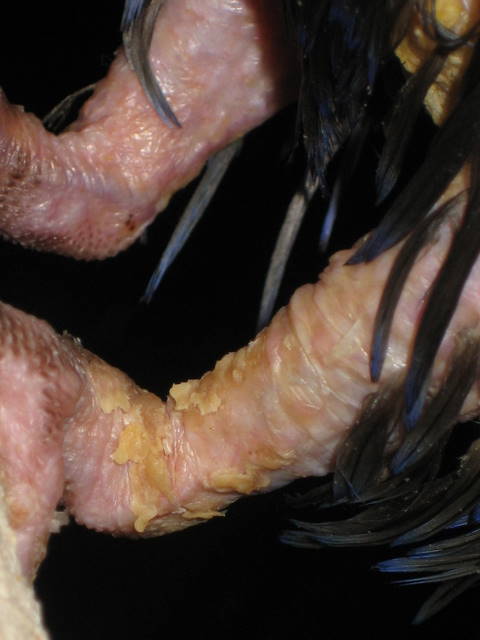- Nov 14, 2008
- 3
- 0
- 7
I have an African Grey who was found in the wild for who knows how long last year. He recently developed a skin infection on the tops of his feet that was diagnosied as Staph.... Now after 4 wks - Staph is gone but feet still peeling and dry. I can tell he is in pain.
He has plucked all the feathers from the infected areas and his feet have totally peeled of the black skin and now are flesh tone with yellowish patches of peeling skin and some are scabbed over. This goes up to his chest area and where his wings attach to the body.
I have been using a creme given me from the vet which has aloe and oils in it to moisturize the area.
I live in the country in TN and the vets out here don't know nothing about birds.... Thought I would ask you all for some help - maybe you have seen this before.
I appreciate the help.
would love to attach pics but don't know how
maybe this will come up

Evetig
He has plucked all the feathers from the infected areas and his feet have totally peeled of the black skin and now are flesh tone with yellowish patches of peeling skin and some are scabbed over. This goes up to his chest area and where his wings attach to the body.
I have been using a creme given me from the vet which has aloe and oils in it to moisturize the area.
I live in the country in TN and the vets out here don't know nothing about birds.... Thought I would ask you all for some help - maybe you have seen this before.
I appreciate the help.
would love to attach pics but don't know how
maybe this will come up

Evetig
Last edited:





